Powerful, safe and easy-to-use disk cloning software for disk clone, partition clone and digital device clone.
What New Features Does Windows 11 Have?
Windows 11 began rolling out on October 5, 2021, and Microsoft also released Windows 11 ISO images. Unlike previous Windows 10 updates, this new OS focuses on consumer-facing features and improvements, certainly more than the relatively low-key Windows updates released over the past few years.

Software compatibility remains the same as Windows 10, meaning older apps will still work. As usual, you'll need new versions of some apps and tools to get the most out of Windows.
Windows 11 New Feature Roundup
1. Start menu
Windows 11 comes with a brand new start menu and taskbar experience, as shown in the screenshot below.
Live Tiles have been replaced by icons, similar to Android and iOS. You can still switch back to the left-aligned start menu and apply an accent color to customize the operating system's look.
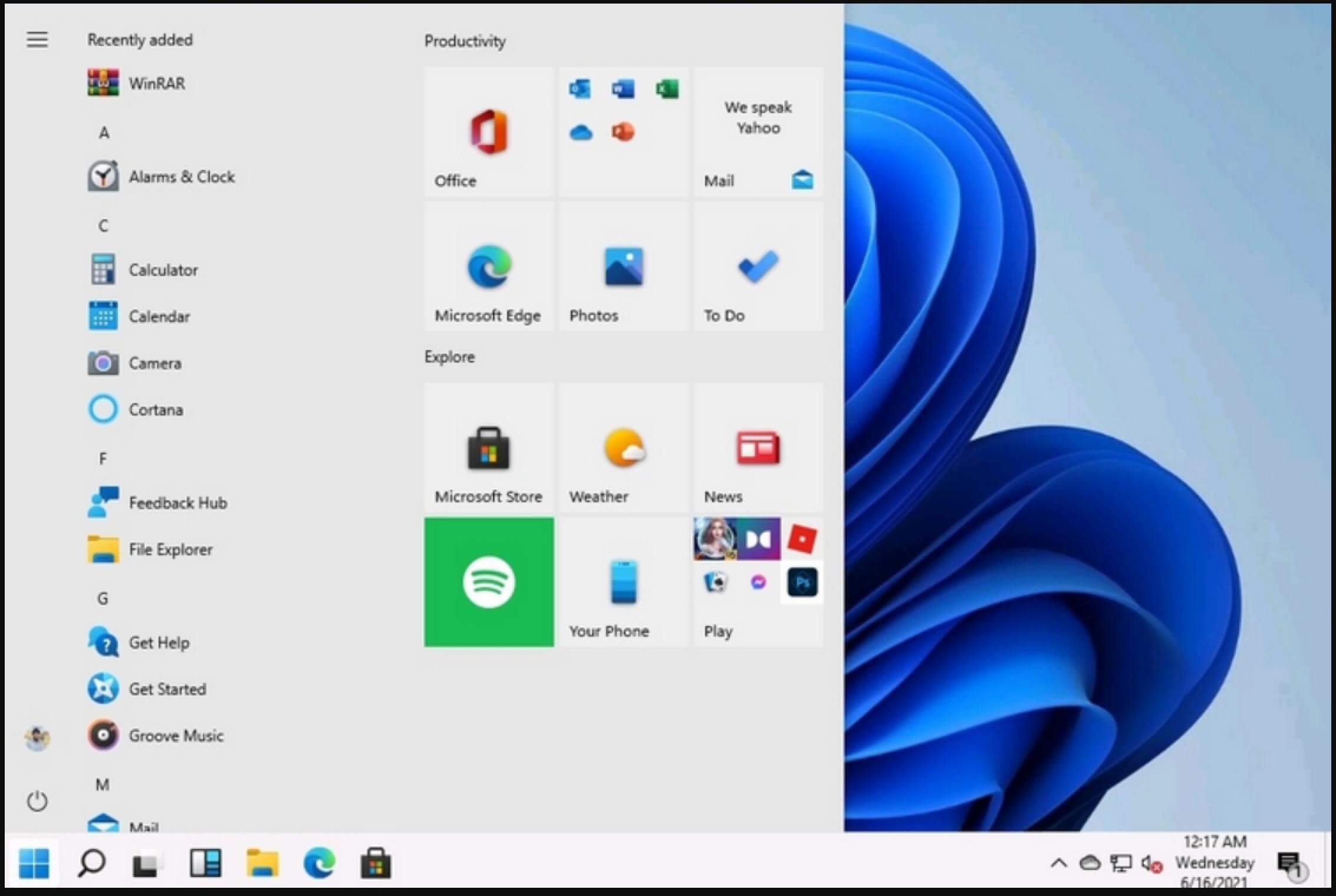
2. Windows widgets
Microsoft is bringing widgets like Windows Vista gadgets to the desktop. This feature will allow users to view their Microsoft News on the desktop and get daily updates on weather and traffic.
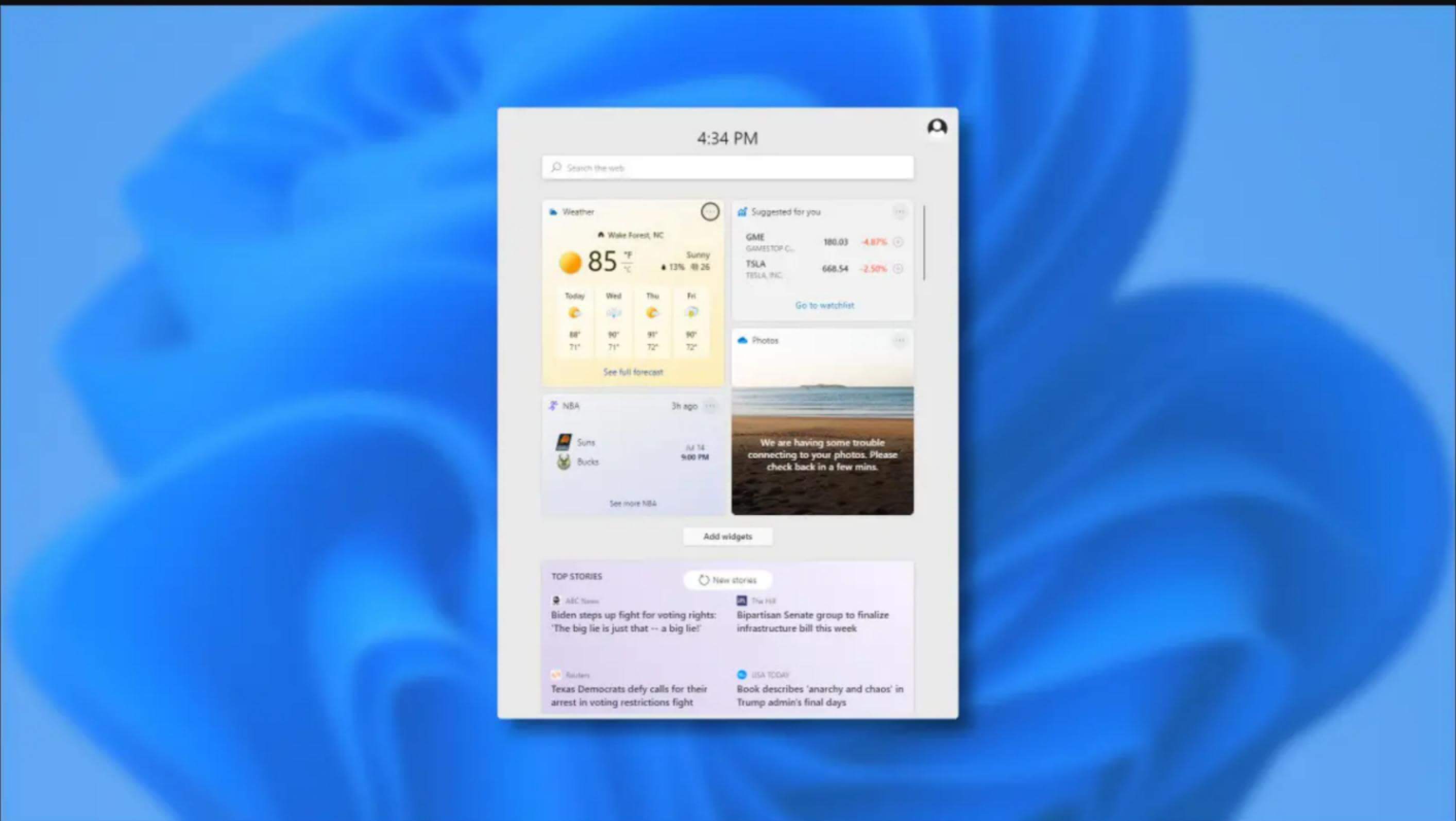
3. New Windows Store
Microsoft is rolling out a new app store for Windows 11 and 10. It's been redesigned to help users discover and install their favorite apps, games, movies, and more.
Several desktop applications, including Adobe Creative Cloud, Microsoft Teams, TikTok, Notepad, and Paint, are now available in the Store.
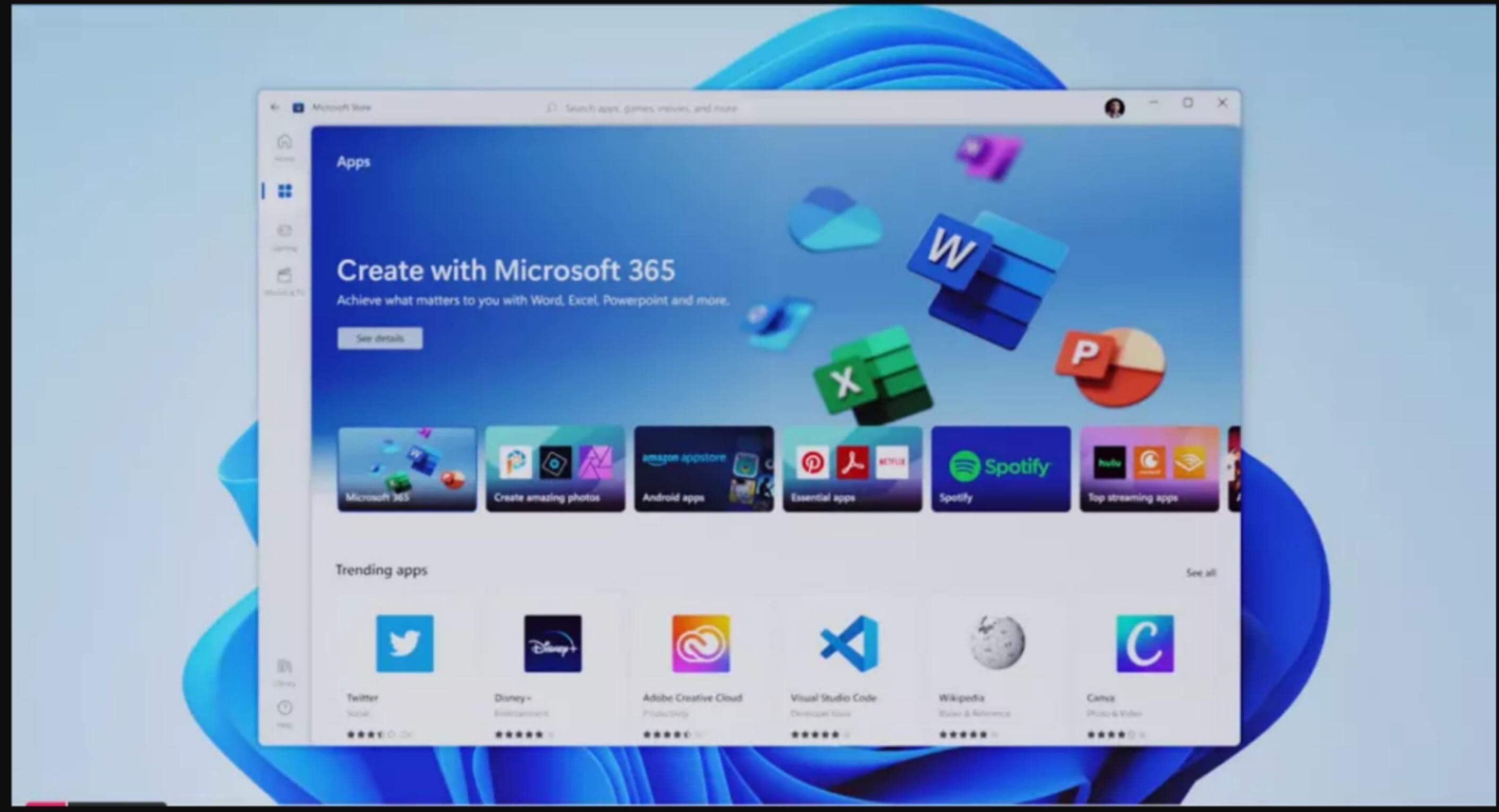
4. Windows Clipboard
Microsoft is redesigning the Windows Clipboard panel with a new board for inserting GIFs and emojis into your applications. Instead of searching for GIFs and emojis online, you can press Win+V to launch the clipboard manager and select or search for material via the in-menu search bar, as shown in the image below.
The Windows Clipboard also gained a new feature called "Paste as Plain Text." In Windows 11, users can open the clipboard menu (Win + V) and paste the content as plain text, removing unwanted formatting.
5. New touch keyboard
Microsoft has finally redesigned the touch keyboard on Windows! As part of the redesign, you can switch between multiple keyboard layouts. When undocked, Windows allows you to switch to a keypad layout easily moved around the screen.
Under C:\Windows\Web\touchkeyboard, you'll find eight new keyboard backgrounds, each with light and dark variants. The Windows Settings app is also getting a new keyboard settings page to help users understand the color and size of the keyboard.
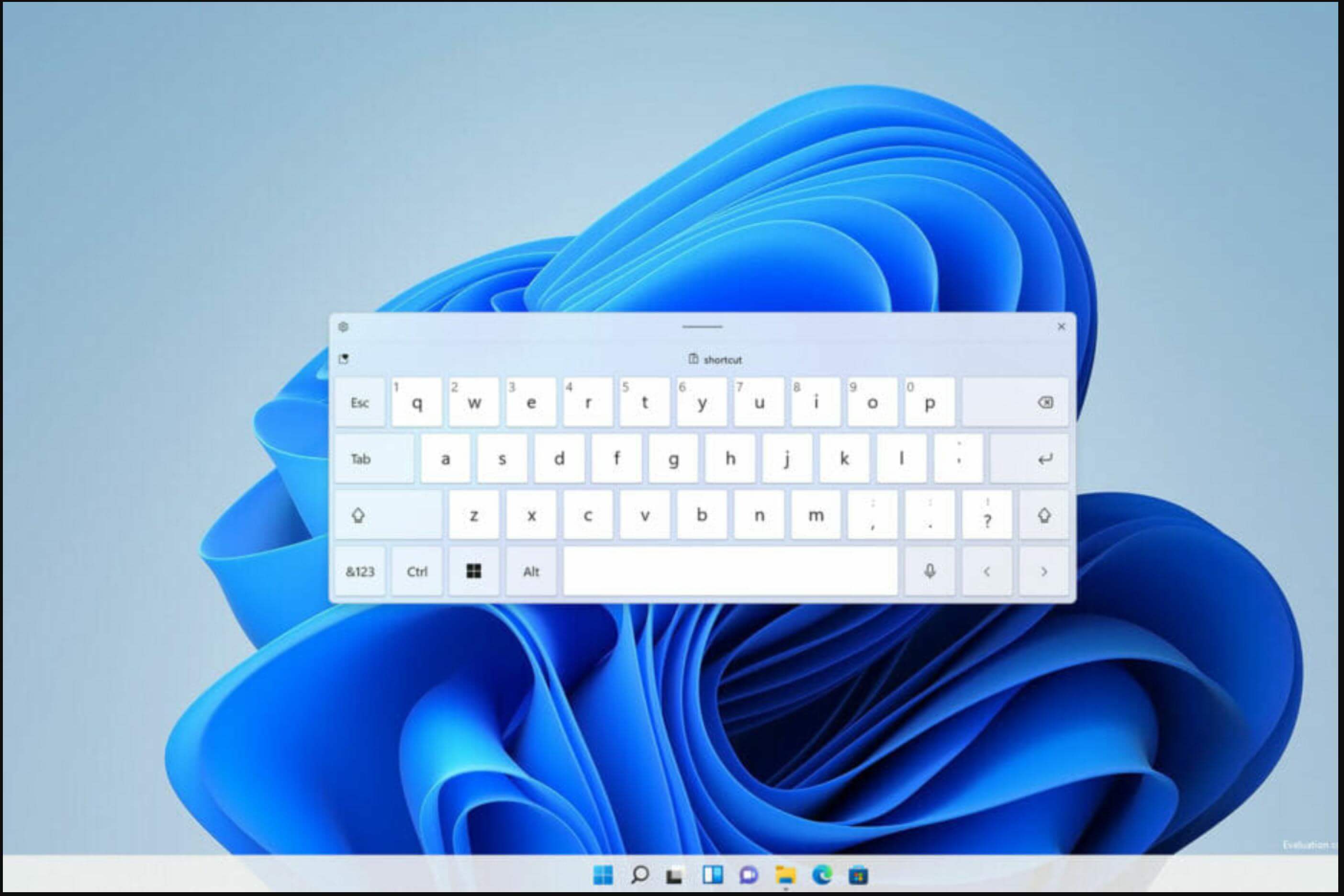
6. New task view and virtual desktop experience
In Windows 11, Microsoft is redesigning the Task View screen with new controls for virtual desktops. By default, the taskbar has a task view button that you can click to launch the task view. As the name suggests, Task View lets you see all open windows on your desktop, including minimized or maximized windows.
The Task View feature also supports "multi-desktop," a great way to separate tasks. On Windows 11, you can rename, reorder, and customize the background for each virtual desktop.
7. Subtitles and camera settings
Microsoft is working on improvements to subtitle settings in Windows 11. You can find the new controls in Settings > Ease of Access > Hearing > Subtitles.
We've been testing earlier versions of the OS, and we've also found a new webcam setting in Settings > Devices > Camera. The new webcam settings allow you to configure the webcam connected to your device, including external and built-in cameras on laptops/desktops.
From the settings, you can now adjust the brightness and contrast of the webcam to improve image quality. Previously, webcam customization could only be done through third-party applications because Windows never provided a webcam settings page.
There's also a new feature that shows when your webcam is being used by apps like Discord, Skype, Teams, and more. An icon on the taskbar system tray alerts you when the camera is used in the background.
8. Improve the Bluetooth audio experience
In Windows 11, Microsoft is unifying the audio endpoints, which means it is now possible to switch between microphones and speakers without manually changing the audio endpoints. By default, Windows will only expose one endpoint in the taskbar and automatically switch to the correct endpoint.
Microsoft has also introduced support for the AAC codec, which enables premium audio streaming quality on your Bluetooth headphones like AirPods.
9. New display settings
Microsoft is adding new controls to display Windows' settings page. For example, we got a new Content Adaptive Brightness Control (CABC) option that can be turned off to improve image quality.
As you may know, some devices use CABC technology to improve battery performance, but the problem with this feature is that it reduces image quality. It can even cause annoying brightness changes and affect color accuracy.
Fortunately, you can now turn off CABC in the Display settings via Settings > System > Display.
Under the Advanced Display Settings page, Microsoft has introduced a new HDR certification section to educate users about HDR displays. On this page, your monitor's HDR certification will be displayed.
Initially, this was only available on select Dolby Vision and VESA DisplayHDR models, so you may not see HDR certification after the update.
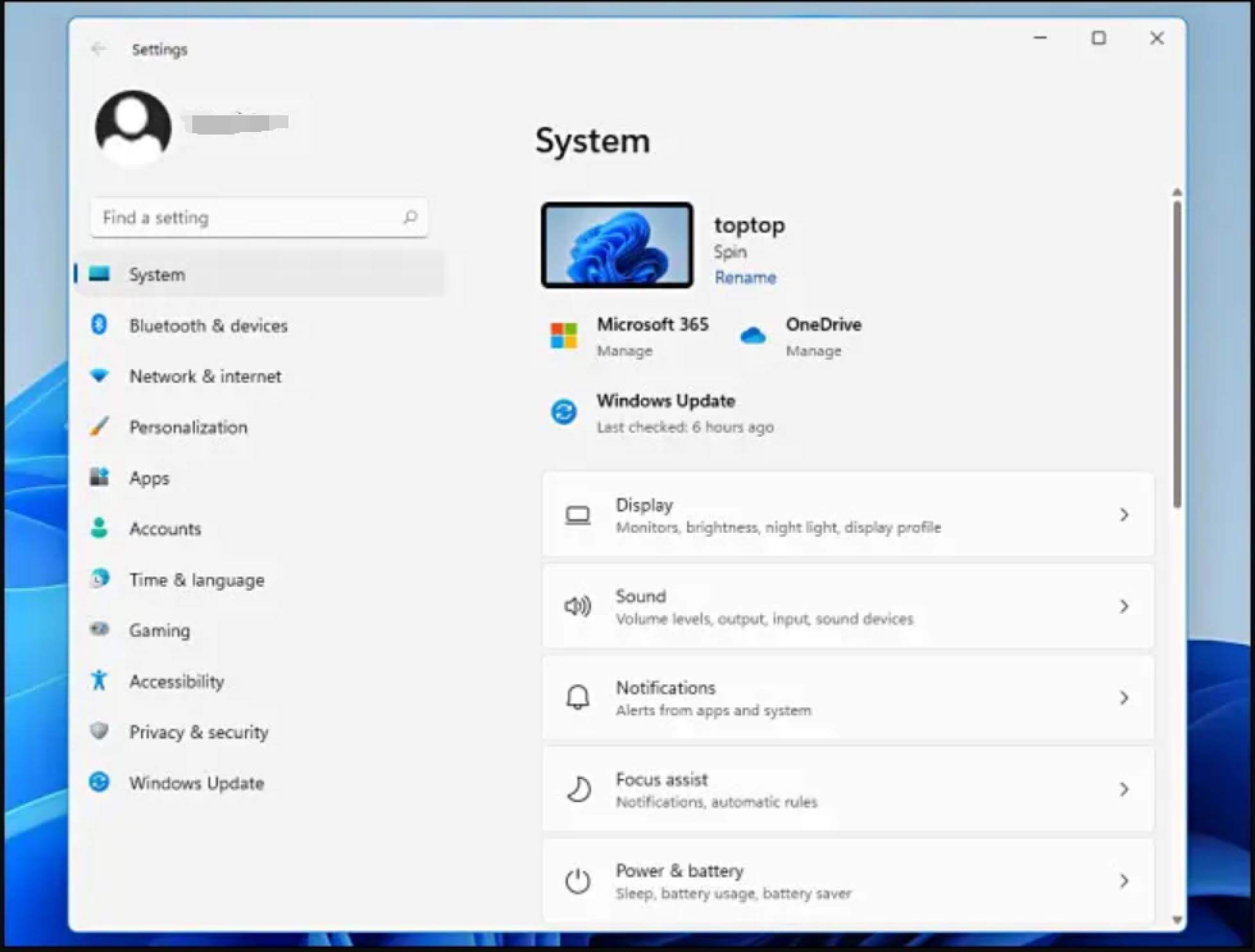
10. File Explorer layout update
The default layout of Classic File Explorer has been updated with extra padding to improve the touchscreen experience.
If you prefer the old layout, Microsoft has added a new option called "Use Compact Mode," which can be accessed from the folder view options. When you turn the feature on, it restores the classic layout and removes the extra padding.
Microsoft has previously said the extra padding is designed to align with modern Windows features better. Since Tablet Mode has been removed, the UX of the existing interface is being updated to make it easier to work with files/folders when using the touchscreen.
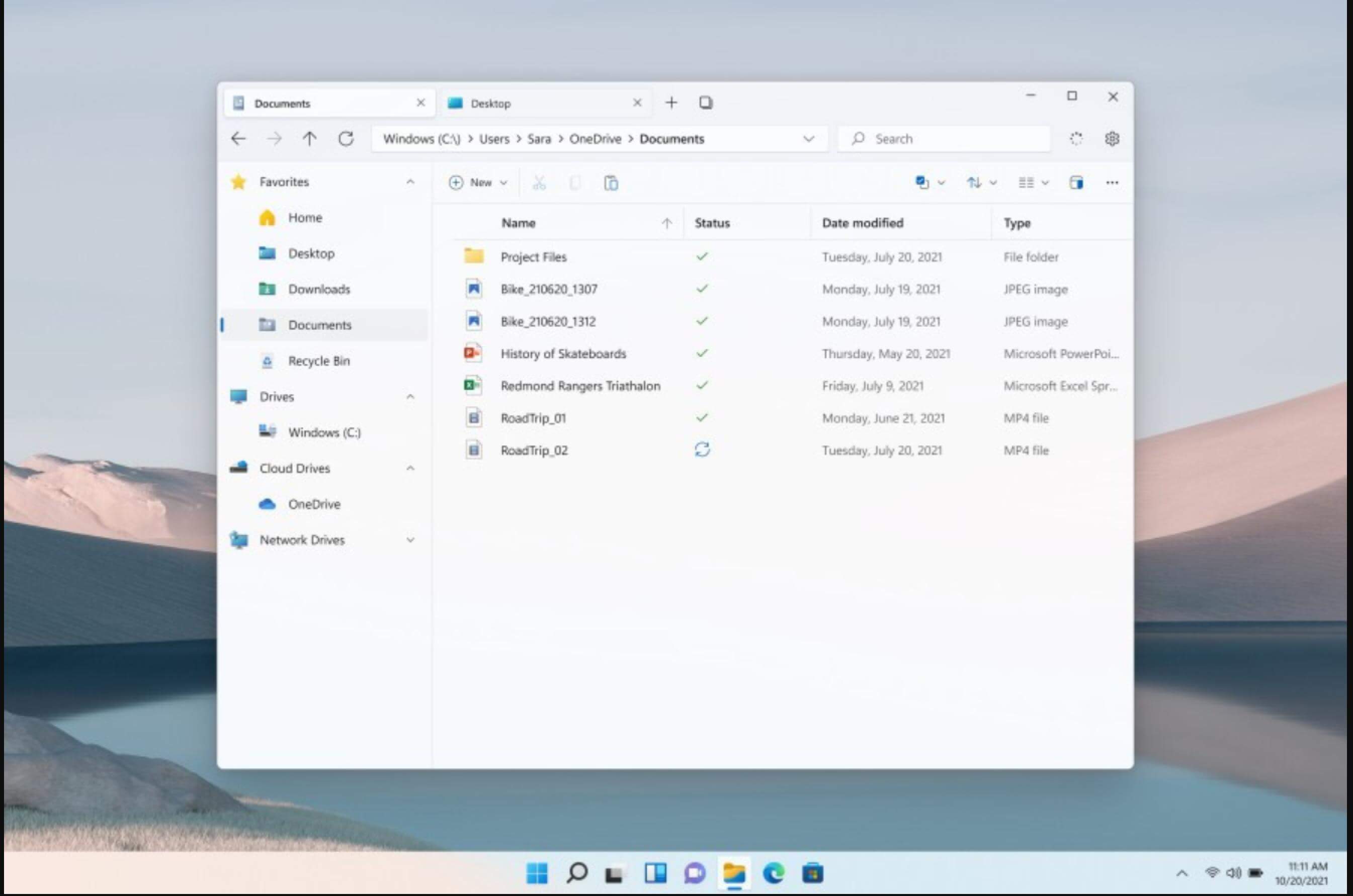
Microsoft is refreshing the orientation of folder icons and default file type icons. These folders include Desktop, Documents, Downloads, and Pictures. The recycle bin icon has also been updated.
We got some rounded corners in the explorer. For example, the right-click (context menu) has been updated with rounded corners and a Fluent Design-like shadow effect.
File Explorer now features a new title experience called Command Bar, which supports Windows 11's mica material to apply desktop background and accent colors to titles.
11. Change the file type from settings
The new Windows Settings app will finally improve the "Choose Default Apps" menu. By default, Windows is aware of applications that can open particular file types, and the operating system automatically configures the application for your file type.
Usually, it works well, but sometimes the automatic process selects the wrong app, or you may accidentally select the wrong app in the "Open with" pop-up menu. The manual process of changing file types from the "Open With" menu has been annoying.
Microsoft has made some changes to Windows 11's search engine to help improve the operating system's performance when scanning the list of file types, protocols, and applications available on the system.
The new Settings app will finally allow users to quickly find the file type or app you're looking for. This minor fix may be helpful to anyone who is having trouble changing the default app for specific file types.
12. Storage Health Monitoring
Windows 11 can now monitor the storage health of NVMe SSDs and notify users when their data is at risk.
This feature, found in the Settings app, is designed to detect hardware anomalies with NVMe SSDs. If a problem is detected with your drive, a notification will appear reminding the user that it is time to take action. The message will urge users to back up and start the recovery process.
13. The Optimize Drive tool is getting better and better
In Windows 11, some standard features like "Optimize Drives" have also been slightly improved.
For example, we got a new "Advanced View" checkbox that will show your hidden volumes. There is also a new checkbox, "Current Status," which will contain more details when the volume is not available for defragmentation.
14. New emoji
Microsoft has also introduced new emoji designed to support Emoji 12.1 and 13.0.
Microsoft added more than 200 new glyphs. These include the bubble tea emoji, a tearful smiley, a ninja, and more. The operating system now features a gender-neutral emoji design as part of Windows Update.
Existing emojis have also received a visual makeover to improve consistency across Microsoft products.
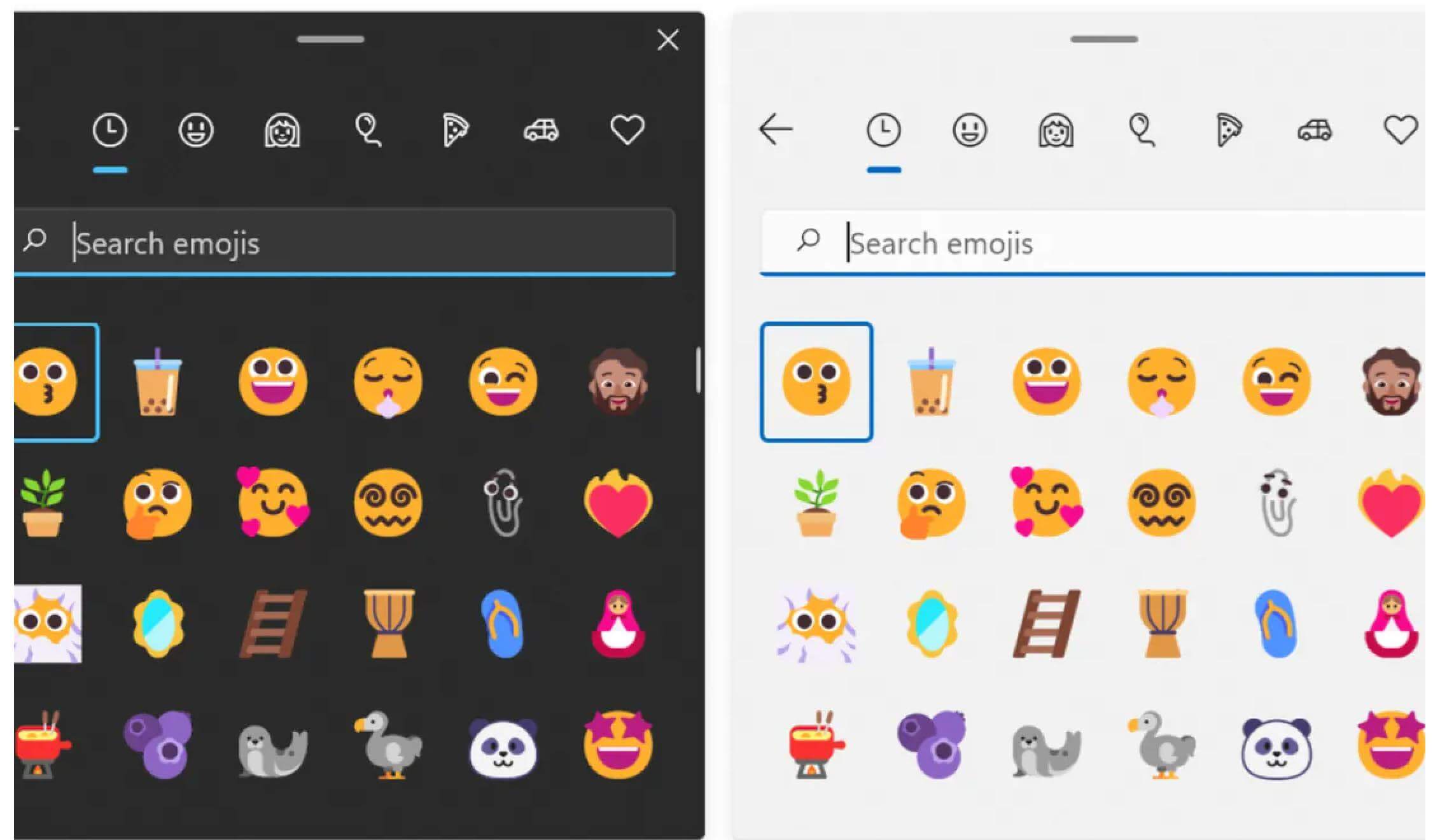
15. New fonts
Microsoft is updating the system-wide default font UI Segoe. As part of the makeover, you'll notice the new Segoe Fluent icon in the Settings and Control Panel apps. Segoe MDL2 assets for the store and start menu will include new icon designs with rounded corners and a unified look.
Windows Update will also introduce a new Segoe UI variant to optimize system fonts for all form factors, including small to large display sizes. This new font technology will provide excellent legibility for all sizes, including small and large.
16. Improvements to Windows Sandbox
Microsoft uses Windows 10X technology to power Windows Sandbox and Microsoft Defender Application Guard. This unique container technology will significantly improve Windows Sandbox startup times, designed and optimized for container scenarios.
For those unaware, Windows Sandbox provides an isolated temporary virtual environment to download and run unknown and malicious applications.
Additionally, Windows Sandbox has been updated to the new Chromium-based Microsoft Edge browser.
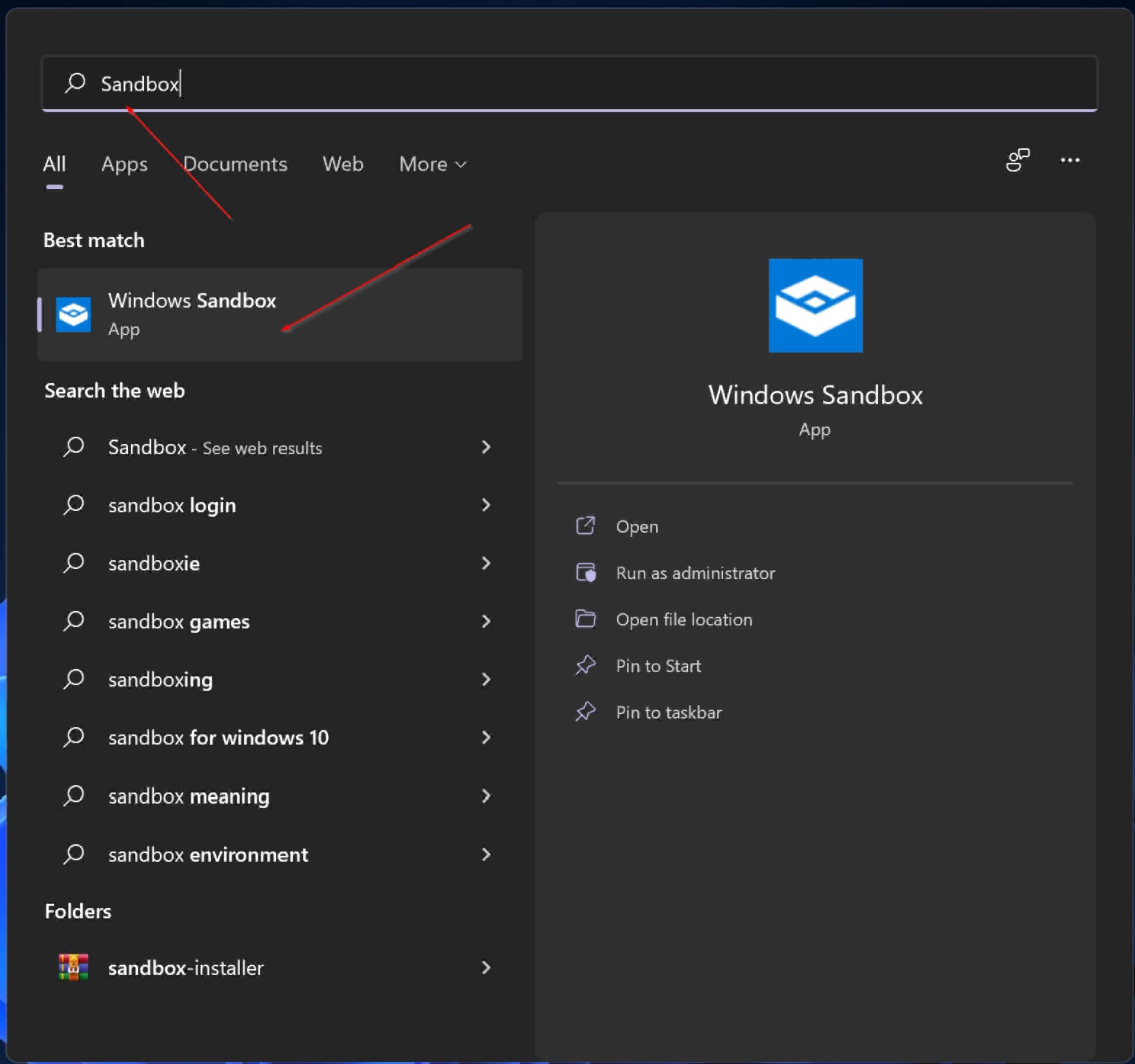
17. Removed bloated software
Windows 11 will also remove unnecessary apps and bloatware.
For example, the 3D Viewer and Paint 3D will no longer be preinstalled on Windows. If needed, you can find these apps in the app store.
Microsoft also removed the Math Input Panel due to low usage. However, you can still use the input control and math recognition engine by downloading and installing the Math Input Panel from Settings > Apps > Apps & Features.
18. Legacy native apps are now updated through the app store
Apps such as Drawing, Notepad, and Screenshot can now be updated through the Microsoft Store. The apps can now be updated outside of major Windows Updates, and Microsoft has also updated the apps' icons. Also, "Drawing" has been "promoted," It has its place in the Start menu outside of the Windows Accessories folder.
Windows Update retains the old Snipping Tool, which is now available through the Microsoft Store.
19. Windows Tools
Microsoft is introducing a new "Tools for Windows" folder that will open in File Explorer with links to advanced applications such as PowerShell and Windows Accessories.
Microsoft organizes administrative and system tools under the Windows Tools folder. Windows PowerShell and other tools have now been removed from the Start > All Apps list as part of this effort.
These tools are now accessible through the Windows Tools folder. Of course, you can still find PowerShell via the Windows 11 Start menu to Windows Search. Microsoft also moved File Explorer to its place in the Start menu as part of this effort.
DMclone
Hot Articles
- How to Install Windows 11 on Unsupported CPU(See What We Do)
- Everything About the EFI System Partition on Windows 11
- Guides on Windows 11 Checker, How to Use it
- What Should I Prepare for the Windows 11 Upgrade
- How to Enable Secure Boot for Windows 11(Complete Guide)
- How to Install Windows 11 from USB
- How to Improve Windows 11 Performance?
- How to Remove Password in Windows 11
- The Difference between Windows 11 and Windows 10| Windows 11 VS Windows 10
- Should You Upgrade to Windows 11? What Benefits of Windows 11?
